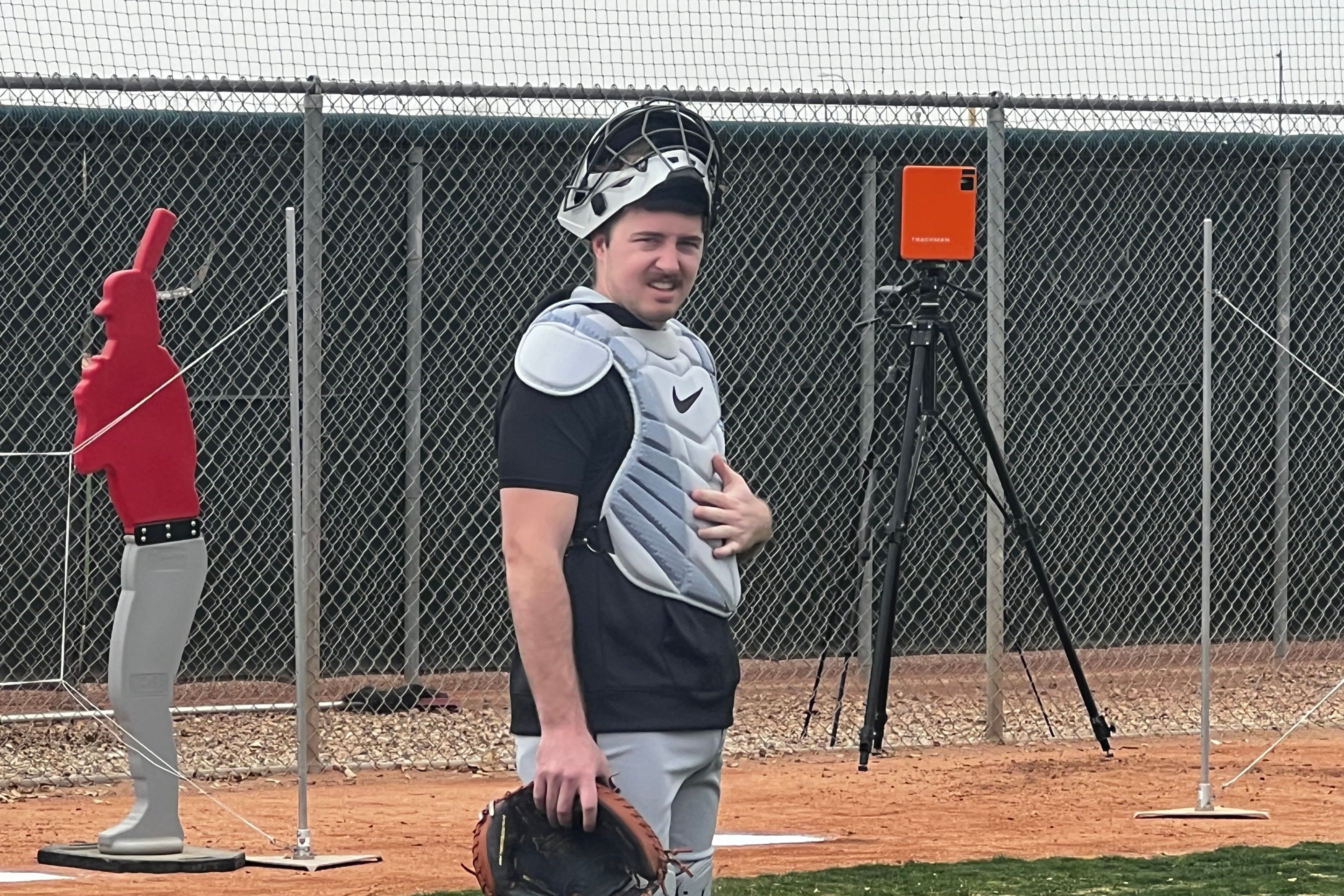Christopher J. Phillips, Scouting and Scoring How We Know What We Know about Baseball (Princeton University Press, 2019). 320pp. $27.95 hardback. ISBN: 9780691180212
Since we are at the point in the season when reading about baseball is more pleasant than watching the White Sox attempt to play baseball, I have a book recommendation. The title is Scouting and Scoring: How We Know What We Know about Baseball, which sounds like any number of post-Moneyball tomes about talent acquisition in the modern game. It’s not exactly that, though I think that readers of The MVP Machine and The Shift will enjoy it. So should readers of Dollar Sign on the Muscle.
What historian of science Christopher J. Phillips does is use the history of baseball to discuss the history of data, from the mid-19th century to the present day. We think of statistics like hits and errors as objective facts, but what these categories represent are culturally constructed abstractions that attempt to describe what happened during a game. This book is a history of how scorers and scouts know what they know about baseball. It is an accessible history.
Phillips uses Michael Lewis’s stats vs. scouts divide to delve into the epistemology of baseball. In the introduction, he writes that in Moneyball, Billy Beane
…wants to know the numbers. The distinction is between scorers and scouts, those who analyze the numbers and those who assess the bodies, but also between analytics and intuition, objectivity and instinct, rationality and superstition. However expressed, scorers and scouts are understood to approach the evaluation of prospects in fundamentally different ways.
Curiously absent from the scene is the fact that every prospect was previously measured and quantified by the scouts themselves. Scouts may not talk about their work as a process of putting numbers on players, but fundamentally that’s what they do. Each prospect would have had at least one, and likely many, scouting reports written about him, reports that included scouts’ numerical judgments about his present and future abilities….At the same time, Beane’s numbers come from human “scorers” – from the efforts of fallible statisticians, database creators, and official scorers. They also could not have existed, let alone have been interpreted, without an immense amount of human labor and expertise. The numbers scouts deploy are obviously different sorts of numbers than Beane’s, but it still seems strange that there could be such a stark divide in how scouts and scorers approach the world if they both produce numbers that can be used to create a draft list and ultimately put a single price on signing each player.
What Phillips does is establish a long history of how scoring and scouting has occurred, with particular emphasis on that immense amount of human labor scorers like Henry Chadwick, database developers like Pete Palmer and Sean Forman, and scouts like Art Stewart and Buck O’Neil exert to identify and evaluate baseball talent. Readers will see how the history of baseball relates to other ways in which data affects our lives, including advances in public health (Chadwick’s older half-brother Sir Edwin Chadwick is one of the most important people of the nineteenth century in terms of shaping modern public health and someone who I am prone to ramble on about at work), the history of the human body, the rise of modern information systems in the 1970s, and even a nod to how credit reports shifted from moralistic narrative reports to the ostensibly objective numerical credit scores Equifax maintains. You will finish this book understanding more about how information is created and organized.
It is also the single best history of scouting I have read. Not the best oral history of scouting – that book was and is Dollar Sign on the Muscle. Kevin Kerrane’s book gives a terrific sense of how the scouts featured in the early 1980s lived and worked. What Scorers and Scouts does is develop the context for how scouting evolved from the turn of the twentieth century to the development of Branch Rickey’s farm system, with the advent of the amateur draft in 1965 a shift in what skills and strategies were expected of the baseball scout as disruptive of the status quo as the recent angst over teams like the Astros laying off scouts as they hire more analysts. The forms and numerical ranges used by scouts (including, but by no means limited to, the 20-80 scale) shift over time with resistance from veteran scouts observed in the 1960s, 1980s, and past five years. In the 1970s, scouts worried about whether a central MLB scouting bureau would lead teams to lay them off. History is about identifying patterns of change and continuity over time, and Phillips does a splendid job of showing how the skills of scoring, checking the numbers of scores, scouting, and evaluating scouting reports has changed, and continues to change.
Phillips also gives a terrific sense of how Pete Palmer and Bill James went about their work in the 1970s and 1980s. Simply reading about Palmer’s dogged fact-checking and data entry during the early years of SABR may exhaust you. These are not new stories, as both men are prolific writers, but contextualizing their labors with the work Sean Forman did developing Baseball-Reference.com and Tom Tippett did developing Diamond Mind Baseball gives readers a strong sense of how the desires of people asking questions shaped needs that technologies ranging from punch cards to MySQL helped address, and also how people skilled at using emerging technologies became specialists in pioneering the organization of information.
Yes, you will finish this book understanding more about how information is created and organized. You will also know much more about how Major League Baseball Advanced Media is organized, and the role it plays in the modern game. You will also know more about how and when radar guns, medical records, psychological testing, Statcast, and “the good face” became part of team’s evaluation of players.
You will also finish this book with a better understanding of how expert judgment is constructed, and ways in which it is resisted within baseball and other aspects of modern life, from elections to public health. And you will learn a lot more about Craig Biggio has been understood, from his earliest scouting reports to his election to the Hall of Fame. All in 320 accessible pages (including footnotes that will direct you to histories of baseball and other subjects should your curiosity be whetted).






